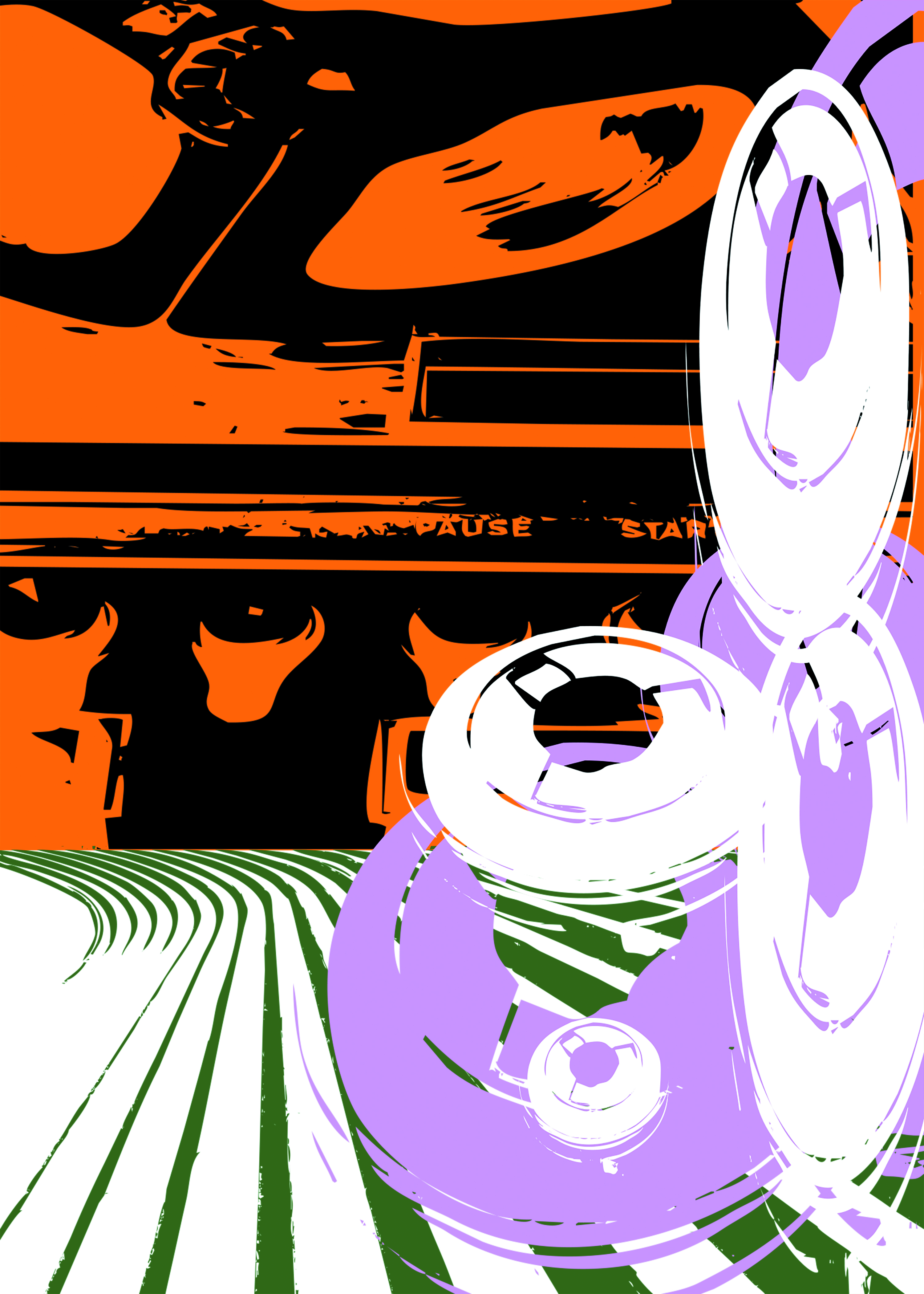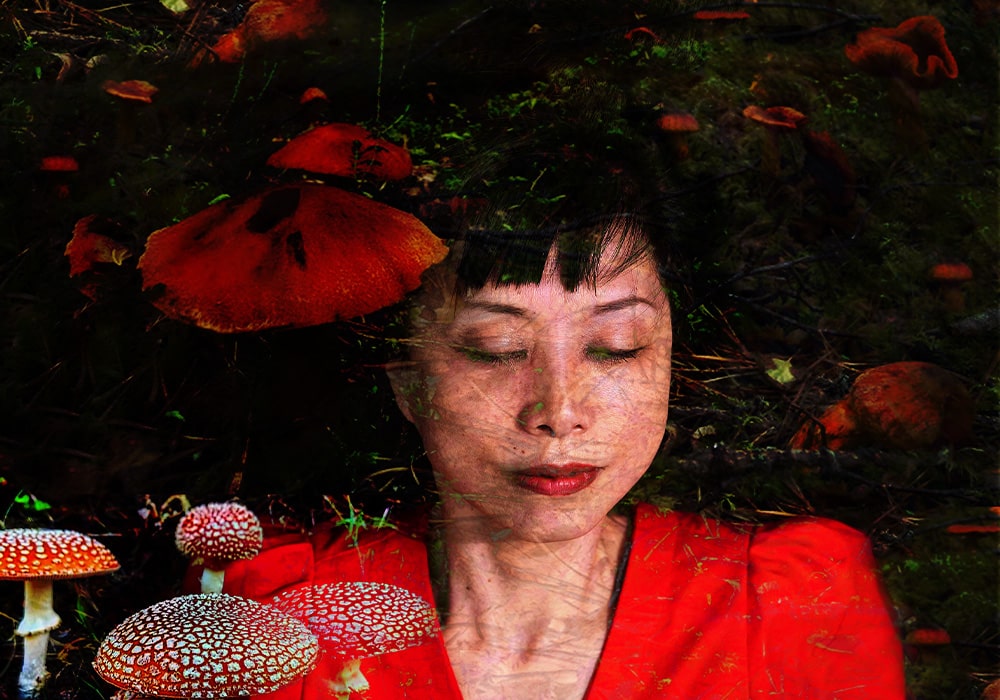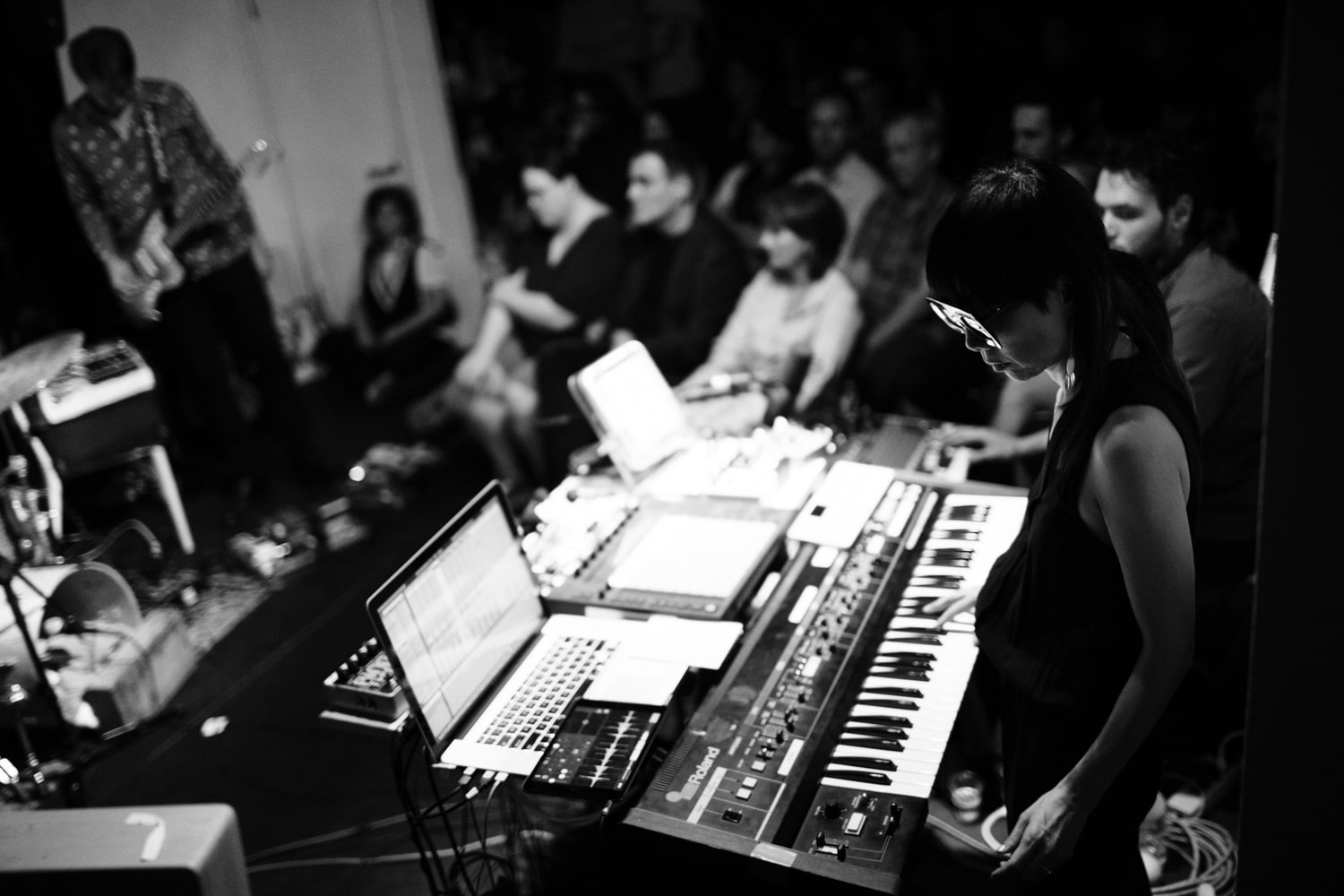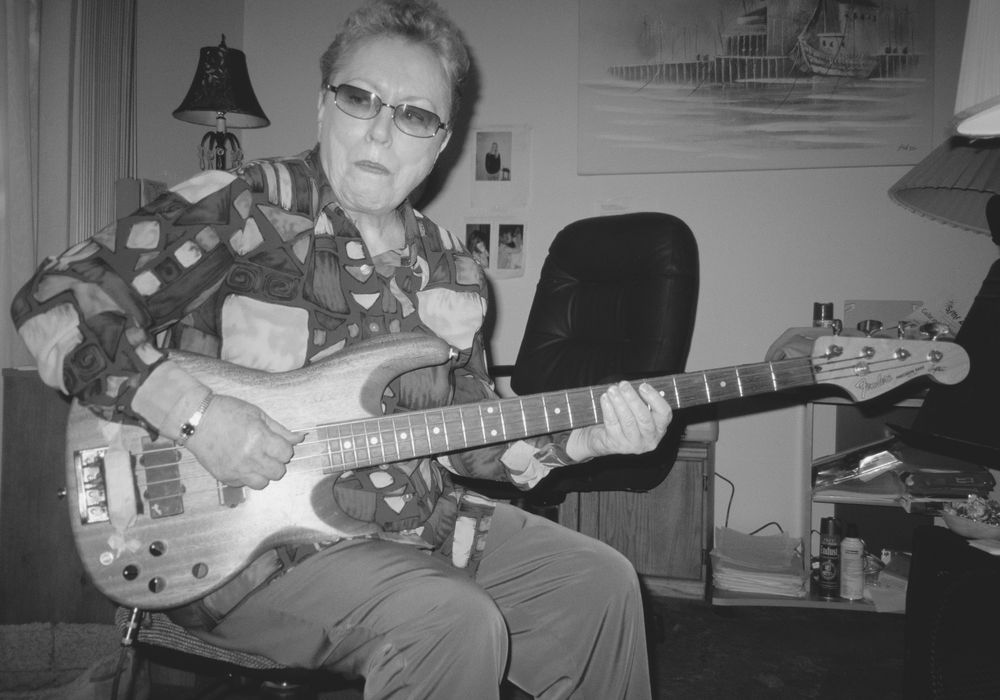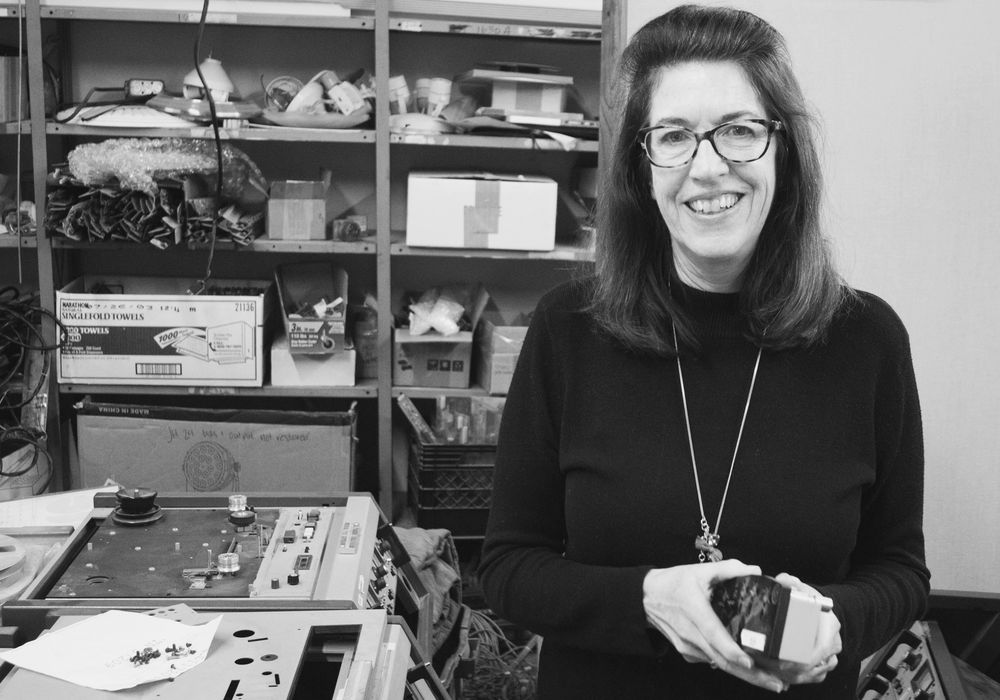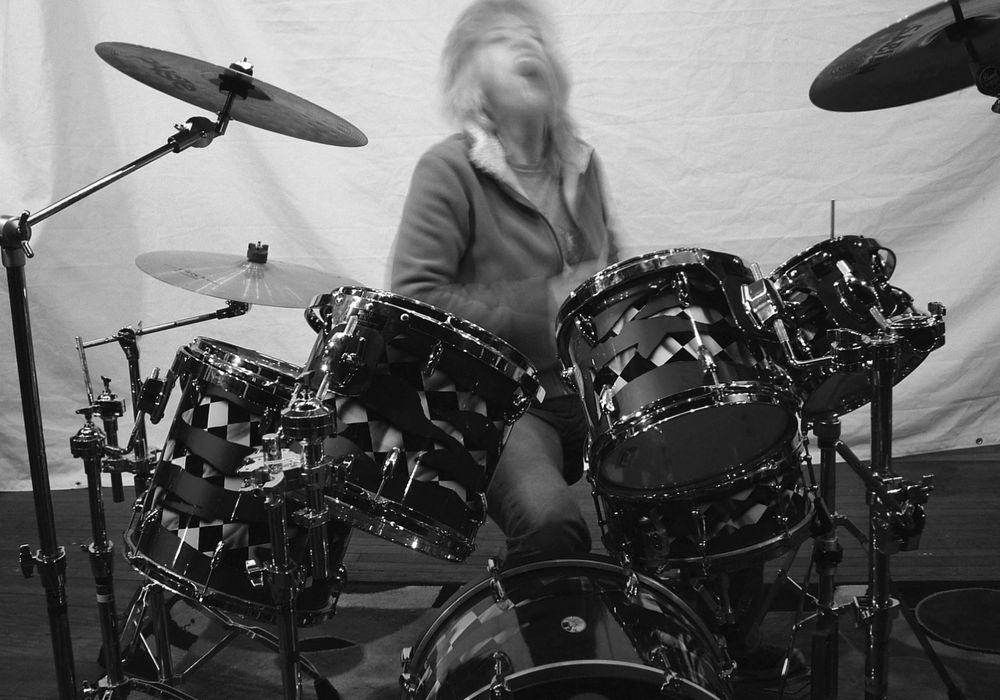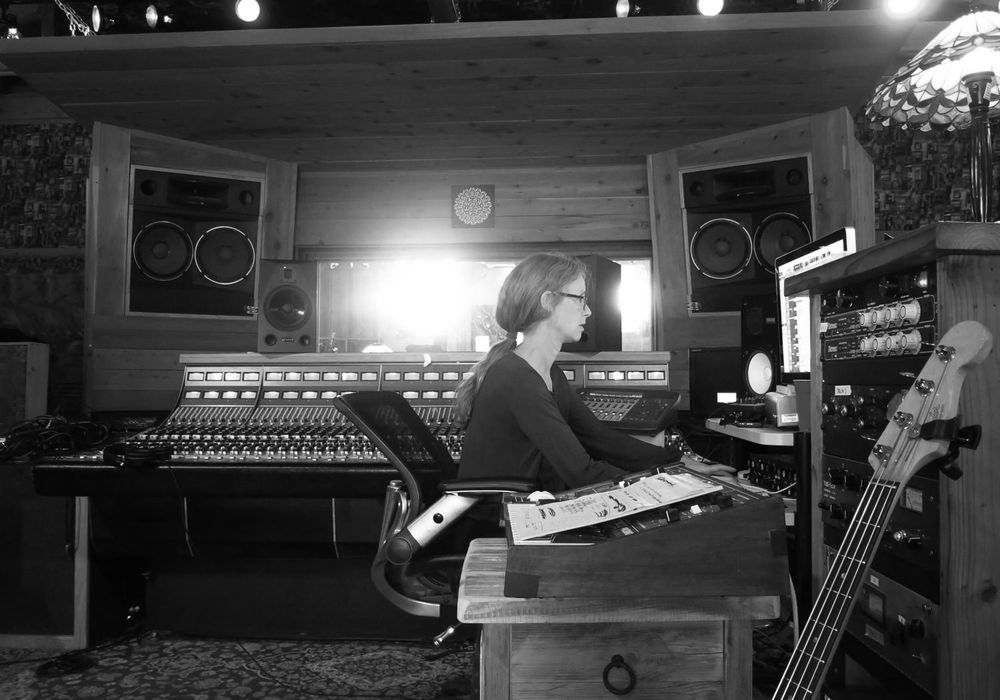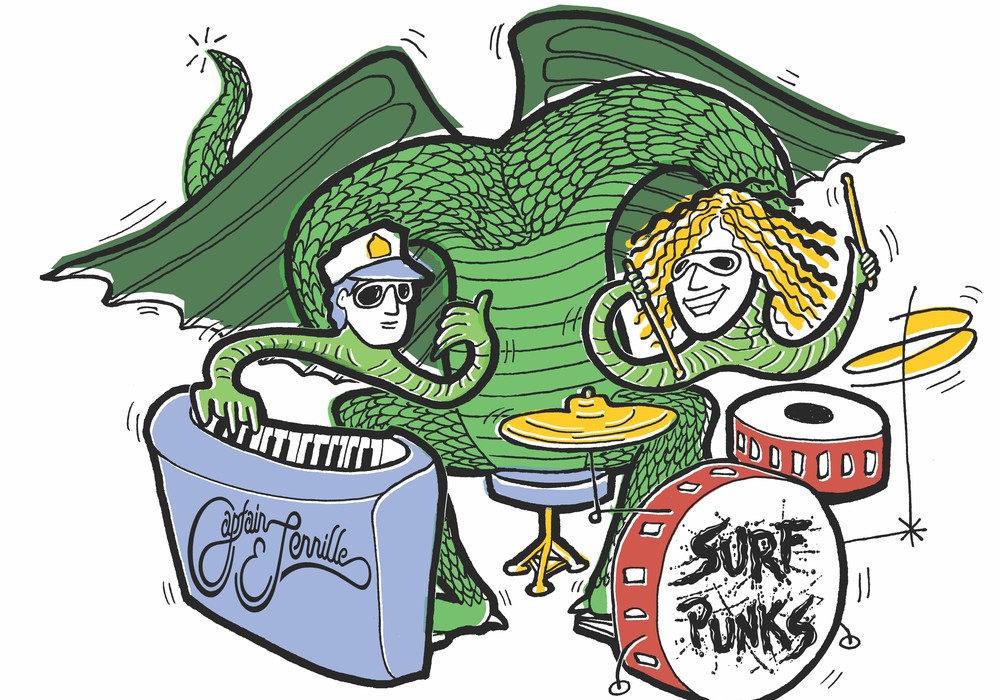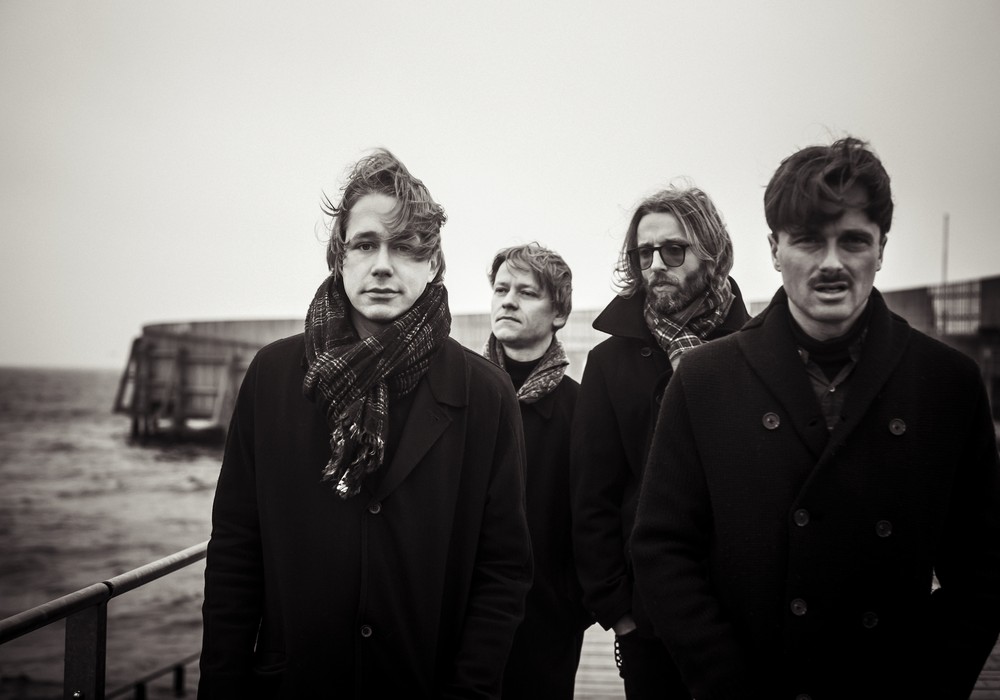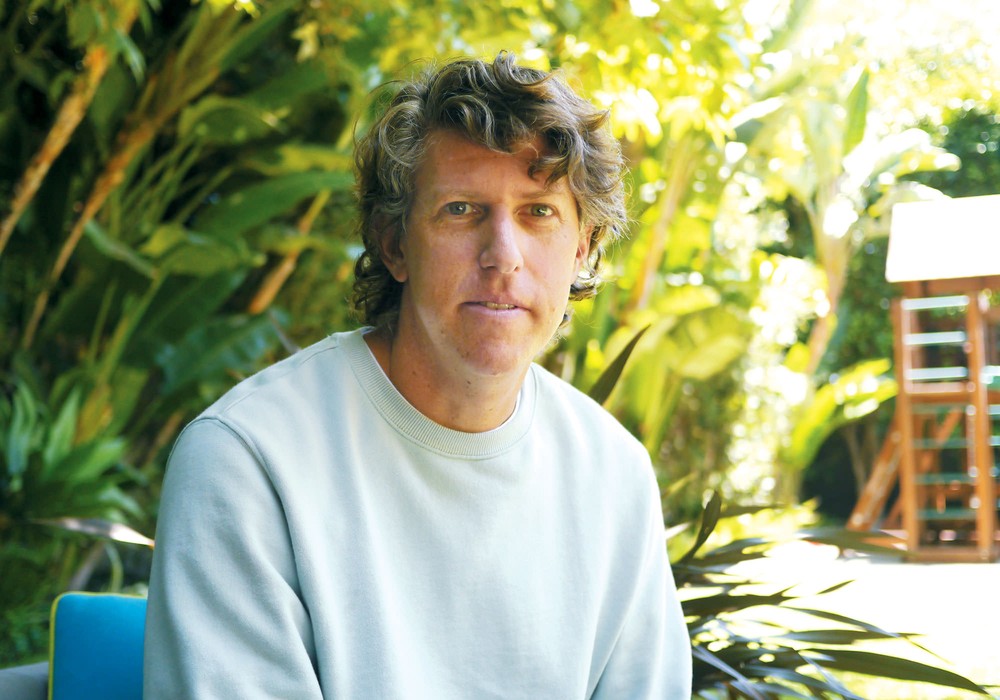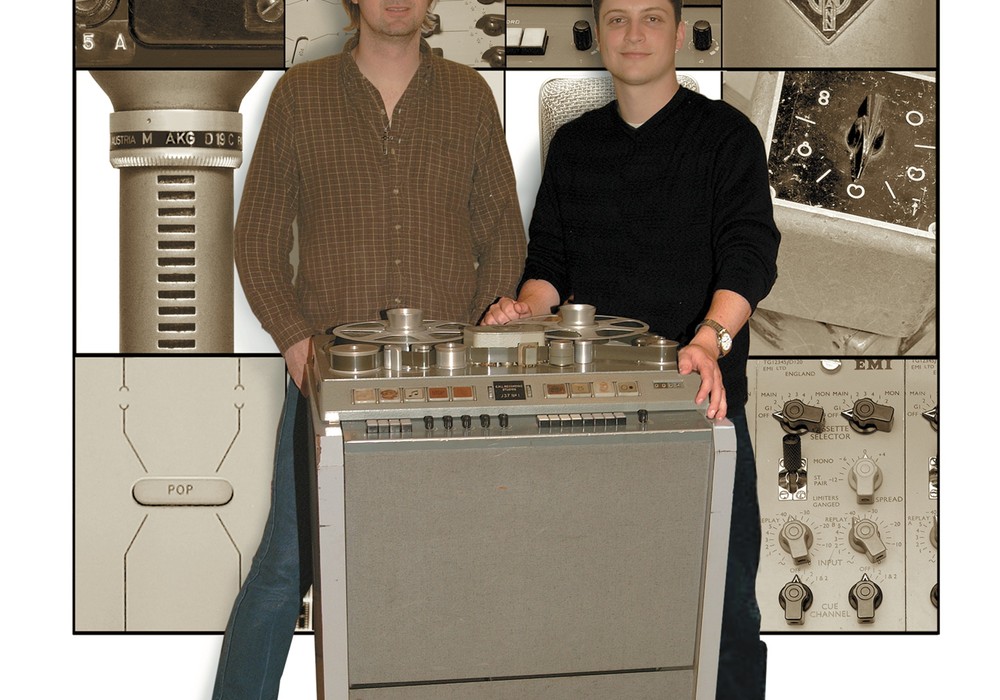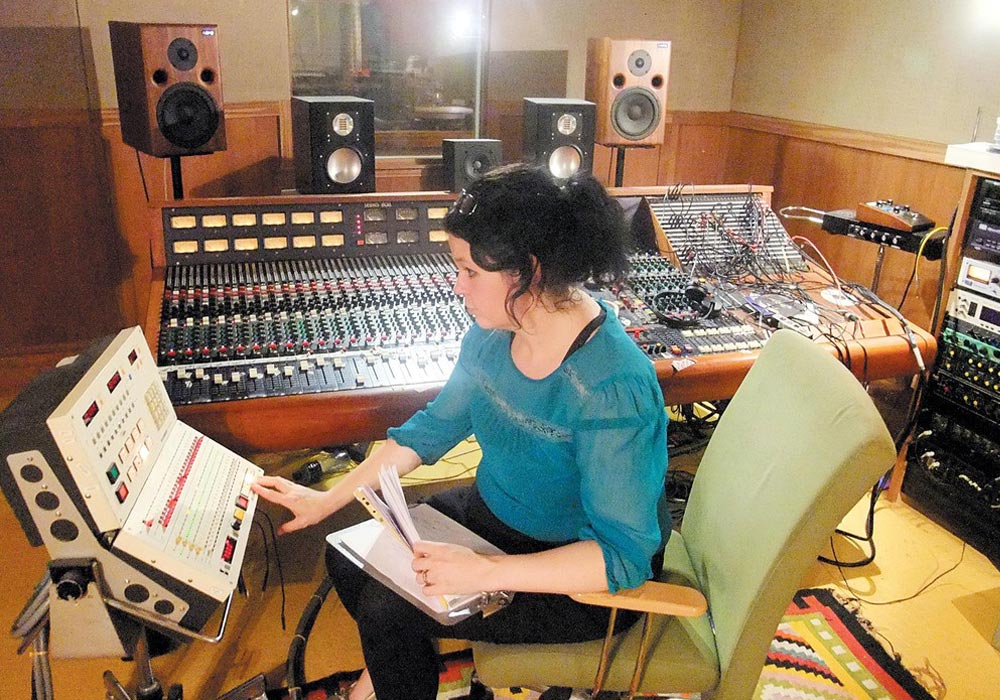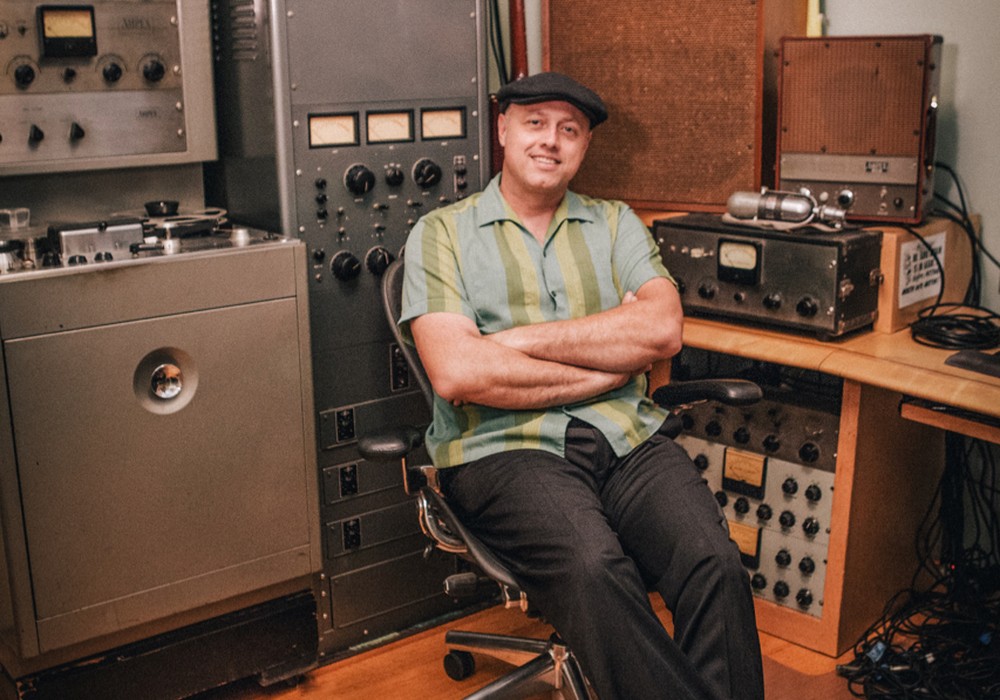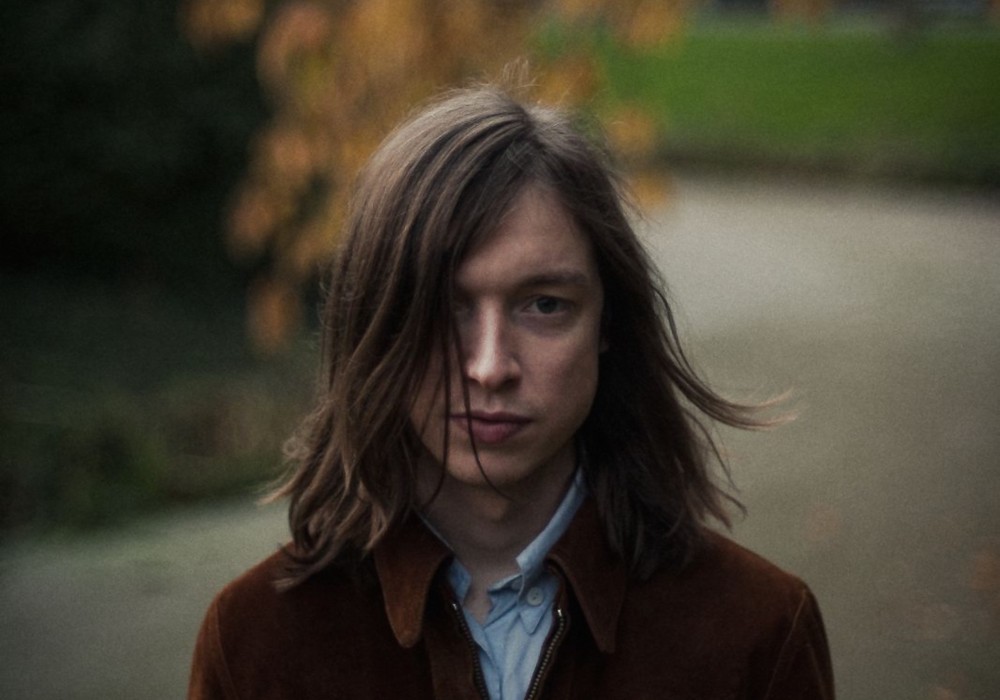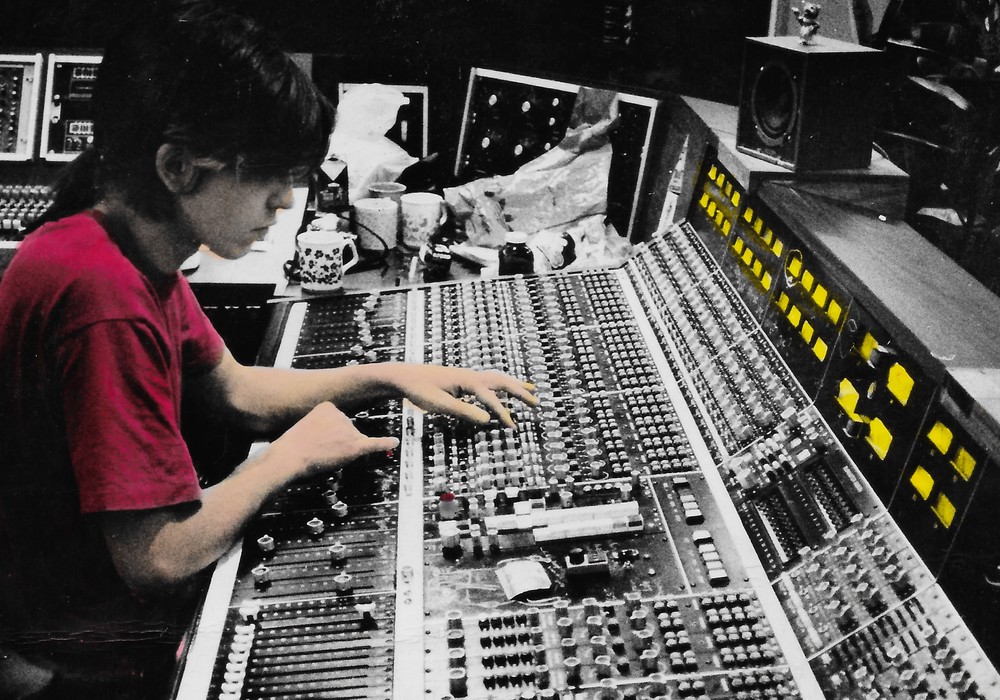Yuka Honda has been a figure in the New York City avant-garde and indie-rock scenes for decades. Releasing her first album in 1989, she has amassed over 268 recording credits as an artist, producer, remixer, and/or accompanist (with her primary instrument being keyboards). The co-founder of the influential group Cibo Matto with Miho Hatori, she has worked with folks as diverse as producer Hal Willner, Los Lobos, Yoko Ono, Marc Ribot, Beastie Boys, David Byrne [Tape Op #79], Jim O'Rourke [#16], and the late saxophonist, Michael Brecker.
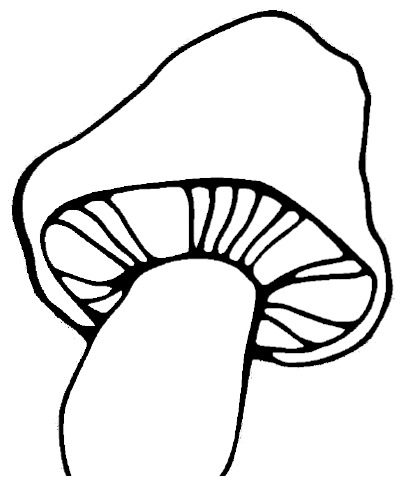
With your career having spanned the analog to digital eras, what do you see as the pros and cons of the '80s way of making a record versus now?
It's all progress – we improve on something, but we also lose something. I was lucky that I got to start in '80s, because I did get the experience of recording to tape – beautiful analog sounds and 24-track recording – which meant it's not an infinite recording. You have to make a lot of decisions while you're doing it. The performance has to be central, since there were not many post-production possibilities. But, when I started I was playing digital equipment, because I wasn't able to execute my ideas on analog instruments. For me, digital equipment was great; it enabled me to express what I wanted to. But it also has limitations that are very different from analog instruments. The analog era is something we can never go back to entirely, even though many people still try to record on tape, we're now mastering on digital. Even if you print finals to tape, there's some range that's not there anymore – the mid-low range of it. The old recordings had some dark matter that made us feel something, and that's not there anymore. I don't hear it, even on the vinyl. I know a lot of people are releasing vinyl today, but still, I don't hear that older quality in new recordings. As the method has changed, our minds have changed, and we all make music differently. Even the most analog musicians have a different standard, because we're living digital era. We're used to hearing music that is made digitally. Our standards are changing.
What was some of the digital equipment you were using in the 1980s?
I was using a Korg SQ-10; a very primitive sequencer that you wouldn't believe now. It was like a calculator. [laughter] I'd hit three eighth-note buttons to create dotted quarter-notes. When I would copy four bars and try to make eight bars, the machine would add a little bit of space in between. The machine was not precise, but very raw. My first sampler was an Akai S900. It was 1 MB. It used a floppy disk, and it took a long time to load. A very long time.
Yeah, right.
At the time, a lot of people felt resistant about these machines, because they imagined that they came in in order to replace existing instruments. But to me they just made different sounds. The Mellotron violin is not a violin, it is a new sound. That's how I felt with sampling. I was also exploring the fact that I could reverse the sound. Reversed, or in a different range, it would create a sound that I hadn't heard before. That's what I was really into it. I had all of the Akai samplers up until the S6000.
What do you use now?
For me, a very important factor for instruments is that they're portable, because I also like to play live. My sampler now is my laptop. I use mostly Ableton Live, and another sampler called norns [by monome]. This is a really fun machine. It's basically a Raspberry Pi computer in a small machine. It's open source – many people are writing codes and inventing new instruments for it. I do a lot of live sampling to norns and control it with this monome controller called grid. I started using Ableton Live in 2000; around the time they started. I sample people I perform with on the spot, and then I replay the sounds in a different range, or with a different effect. But it's the same source. The person may be playing a trumpet, and I sample the trumpet and then replay it, but placed in a different range or at a different...
